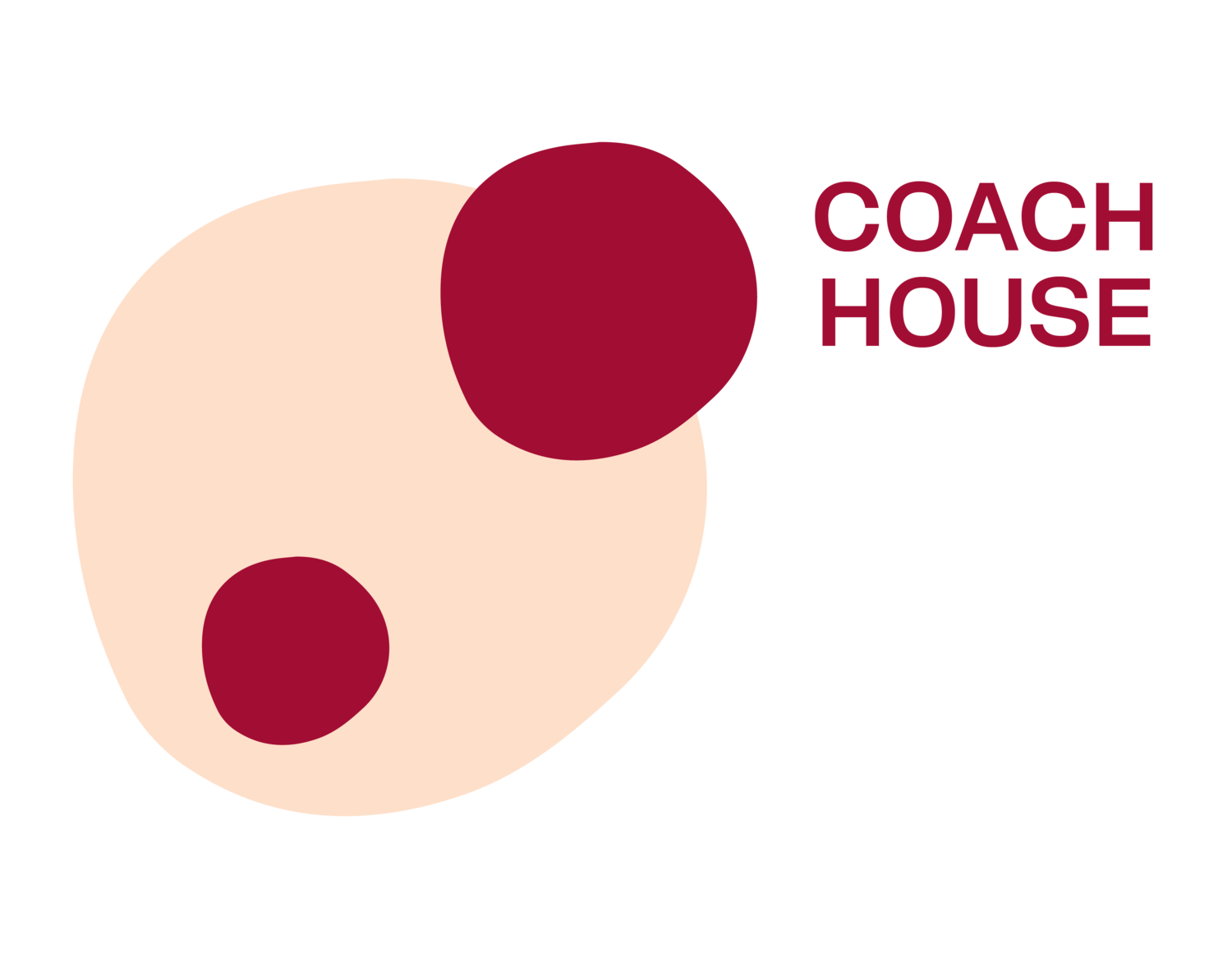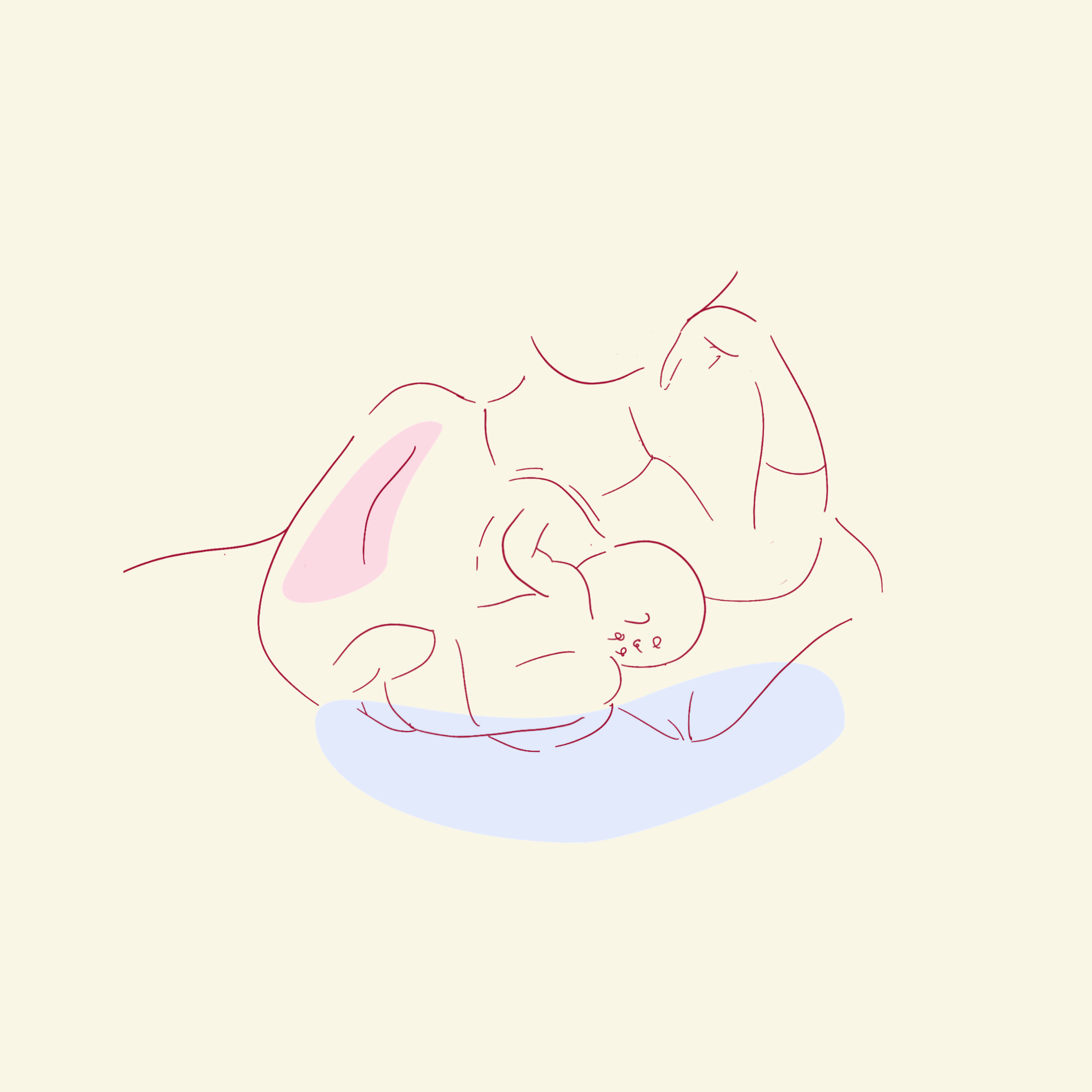All About the Breast, No Trouble
Common breastfeeding related conditions
“The bottom line is if you’re breastfeeding or pumping regularly and being proactive about treating breast conditions then you’ll reduce your risk for pain and complications”
The usual focus when writing about breastfeeding is positioning, latching and making sure your baby is getting enough to eat. Today I’d like to shift gears and focus on the common breastfeeding related conditions that many women experience. I’ll describe each condition and provide a few tips on how to alleviate pain and discomfort associated with each condition. I hope that after reading this post you’ll be able to figure out what you’re experiencing and find relief.
Disclaimer: This post is meant for informational purposes only and should not replace information or medical advice provided by your primary health provider.
Engorgement
Engorgement happens when your breasts get larger and firm (filled with milk). Sometimes your breasts get red, hot and sensitive to touch. This typically occurs when your milk comes in at days 2-5 postpartum. This can also happen if it’s been longer than usual between breastfeeds and your breasts are signaling, they need to be emptied.
How you can alleviate engorgement?
• Breastfeeding or pumping frequently (every 2-3 hours)
• Applying a warm compress when feeding but a cold compress between feeds
• Massaging breasts during feeding and pumping
Sore/cracked nipples
In the early days of breastfeeding, you may experience sore, cracked and bleeding nipples. This can cause some pain and discomfort every time you latch your baby onto your breast.
How can you alleviate sore/cracked/bleeding nipples?
• Ensure you have proper latch when breastfeeding (seek out support from a lactation consultant, nurse or midwife)
• Wear loose clothing (no tight bras)
• Pump for 24-48 hours instead of breastfeeding to allow nipples to heal
• Use unscented soaps in the shower or bath but not directly on your nipples
• Rubbing a small amount of breastmilk or lanolin (nipple) cream on your nipples and allow to air dry
Blocked milk ducts
When the milk gets stuck in one of the ducts in your breast creating a hard lump. The lump can be tender to touch, red or painful.
How can you alleviate blocked milk ducts?
• Massaging your breast and the lump in a hot shower/bath
• Massage your breast & lump while you feed your baby or pump
• Using a hot pack during feeding or pumping
Please note: massaging the lump might be painful. Speak to a lactation consultant, midwife or nurse if you have recurrent clogged ducts. A pelvic physiotherapist might also be able to help treat blocked milk ducts.
Mastitis
Mastitis is the infection and inflammation of breast tissue which can occur from cracked nipples and untreated blocked milk duct. When a blocked milk duct occurs, it leads a buildup of milk that has nowhere to go and remains stagnant. Stagnant milk is a great place for bacteria to flourish. When you combine bacteria from your skin or your baby’s mouth entering your body through cracked nipples and stagnant milk from blocked ducts you can develop mastitis. This infection might require antibiotics prescribed by your family doctor or midwife.
How you might feel with mastitis?
• Flu – like symptoms (chills, fever)
• Pain, swelling of breast tissue, redness, and headache
How to reduce your risk of mastitis:
• Massage your breasts to fully empty when breastfeeding or pumping
• Avoid tight clothing and bra’s
• Hydrate adequately
How to treat mastitis:
• Continue to feed baby and pump on affected breast (baby will NOT develop an infection)
• Apply heat before and during feed and cold after feeds
• Take ibuprofen for pain & fever relief
• Speak to your family doctor or midwife about your symptoms and inquire whether you need prescribed antibiotics
• If pain & fever symptoms worsen, seek medical attention immediately at your nearest hospital emergency department
Nipple yeast infection
Nipple yeast infection is a fungal infection of the nipple(s) causing pain and sensitivity during and after breastfeeding. The pain can worsen at night and your baby may display white spots in their mouth (which is called thrush). Seek medical attention from your family doctor or midwife because a prescribed medication (antifungal) may be required for treatment.
I hope that after reading this blog you are able to dive into the world of breastfeeding feeling informed and empowered to make decisions about your breast health. The bottom line is if you’re breastfeeding or pumping regularly (emptying your breasts) and being proactive about treating breast conditions then you’ll reduce your risk for pain and complications. Some women are more prone to these conditions than others so don’t hesitate to speak to your lactation consultant or midwife for advice on managing breast conditions.


